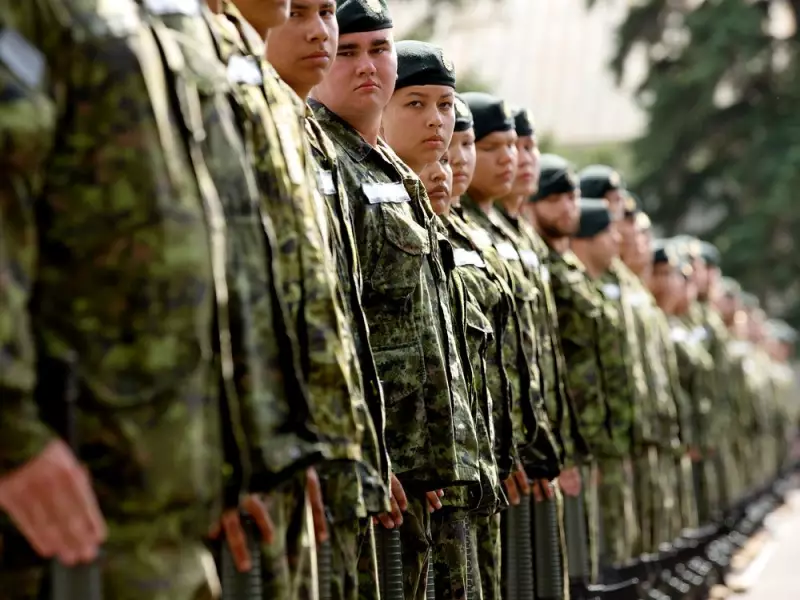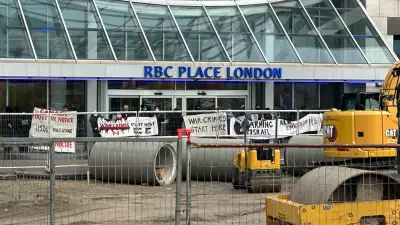
Are Canada's military leaders disconnected from reality when it comes to recruitment strategies? That's the pressing question emerging from recent analysis of the Canadian Forces' ambitious plans to dramatically expand military reserves.
Ambitious Reserve Expansion Plan
The Canadian military's unpublicized strategy to boost reserve forces to 400,000 personnel appears fundamentally misaligned with the organization's actual capabilities, according to recent reporting. This massive expansion plan, uncovered by David Pugliese of the Ottawa Citizen, raises serious questions about practical implementation.
Current military strength numbers reveal significant gaps between targets and reality. The regular forces maintain an authorized strength of 71,500 members but actually field only 65,700 personnel. Similarly, the primary reserve targets 30,000 members but counts just 23,450 active members as of March 2025.
Training Capacity and Recruitment Challenges
A recent federal Auditor General report highlighted critical shortcomings in military recruitment and training capabilities. Karen Hogan's investigation found that between 2022 and 2025, the forces planned to recruit approximately 19,700 new members but successfully brought in only about 15,000 recruits.
The Auditor General noted that even this shortfall might be fortunate, given that the military lacks the capacity to train its target numbers. Outdated recruitment processes contribute to an alarming statistic: only one in thirteen applicants completes basic training.
Despite these challenges, interest in military service remains substantial. Over a three-year period, approximately 192,000 people applied to join the armed forces, though nearly all eventually withdrew from the process.
Systemic Issues and Recent Controversies
Canada's military faces multiple systemic problems that complicate recruitment efforts. Last year, defense officials issued apologies for years of sexual misconduct within the ranks and discrimination based on gender and sexual orientation.
More recently, military leaders apologized for decades of racial discrimination and harassment, following settlement of a $150 million lawsuit to compensate affected individuals.
Basic infrastructure presents additional challenges. The Auditor General's report found that military accommodations frequently fail to meet the organization's own standards, with some facilities lacking potable drinking water and proper sanitary systems.
The military's culture of secrecy further complicates public understanding of recruitment plans. Officials declined to comment on the reserve expansion strategy, despite its requirement for substantial public support and participation.
Government Response and Future Outlook
In response to ongoing recruitment and retention problems, the federal government recently announced significant pay increases for military personnel. Lower ranks will receive a 20 percent pay raise, with substantial though smaller increases for higher-ranking members.
This financial incentive represents one approach to addressing military staffing challenges, but questions remain about whether it adequately addresses the fundamental capacity and infrastructure issues identified in recent reports.
The disconnect between ambitious expansion targets and practical realities suggests Canada's military leadership may need to reconsider its approach to building and maintaining effective armed forces in the coming years.





